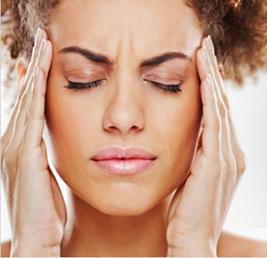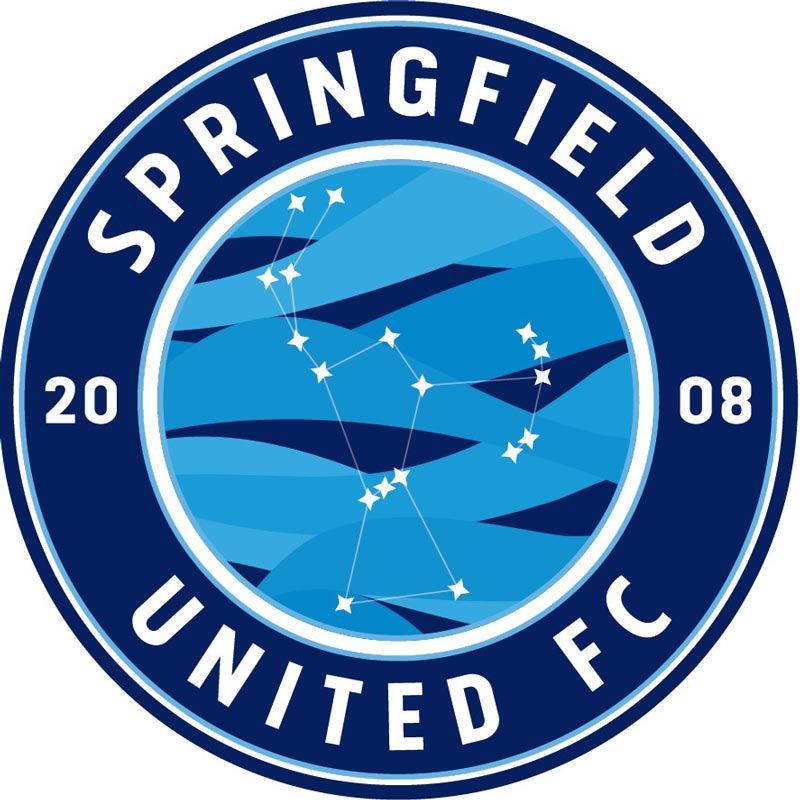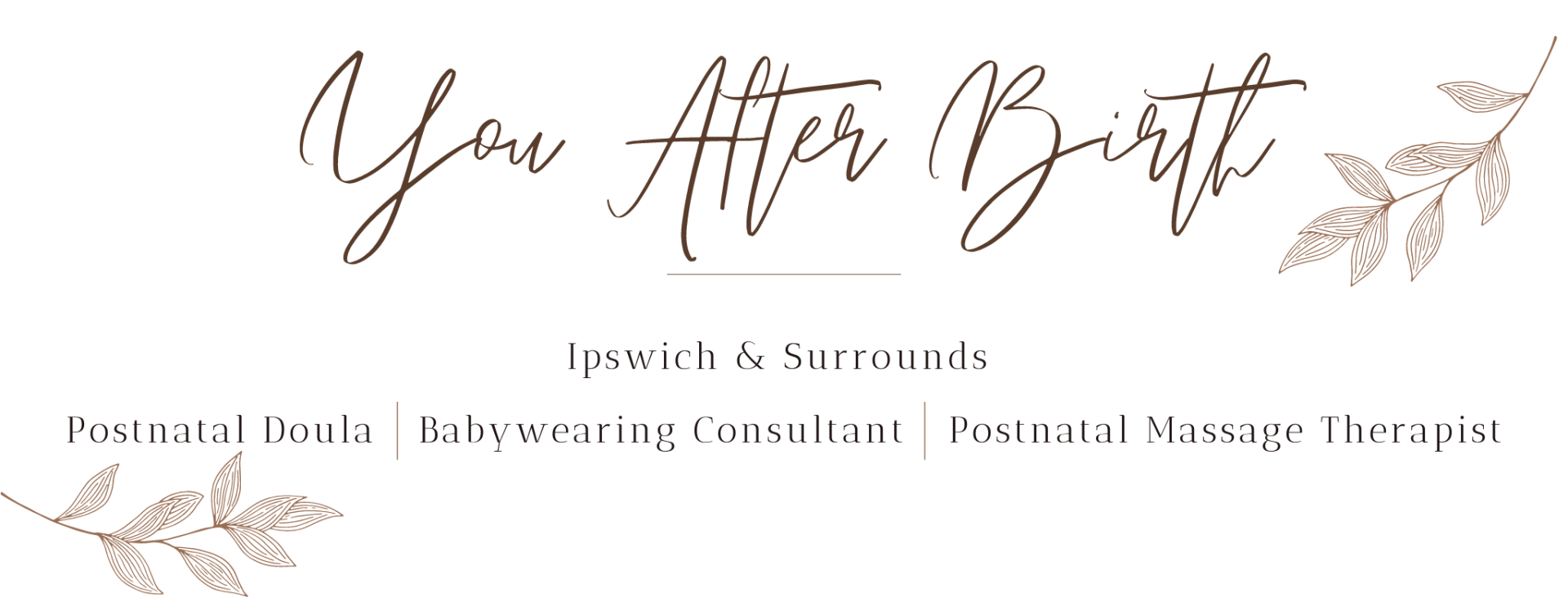Persistent Headache and Migraine can feel like a curse! In fact for some, it can make life completely unbearable at times. But now, there is some new research and new hope for successful treatment, even without the use of medication.
So what exactly is Headache and Migraine? What causes it? Headache is the umbrella term for all insidious pain in the head, neck and facial region. Migraine is a specific type of Headache and is the world's most common neurological condition (that when full blown has neurovascular features - hence the throbbing sensation). It is one of the most severe and debilitating forms of Headache and affects approximately 6% of men and 18% of women globally (1,2).
The W.H.O and the Global Burden of Disease study ranked Migraine in the top three most prevalent disorders in the world, and among the top seventh highest causes of disability worldwide(1). Migraine can be devastating and disruptive with up to 91% of sufferers reporting an inability to perform their usual daily tasks and 53% experiencing severe functional impairment(3), with the most common being self-imposed bed rest.
The International Headache Society suggests the most common presentation is unilateral (one side of the head) throbbing pain from moderate to extremely severe in intensity with attacks commonly lasting from 4 to 72 hours (2).
Migraines are also often accompanied by other symptoms like nausea (present in almost 90% of sufferers during an episode), and vomiting (in approximately 30%) and very commonly some sensitivity to light, sound or smell (approximately 75%).






































